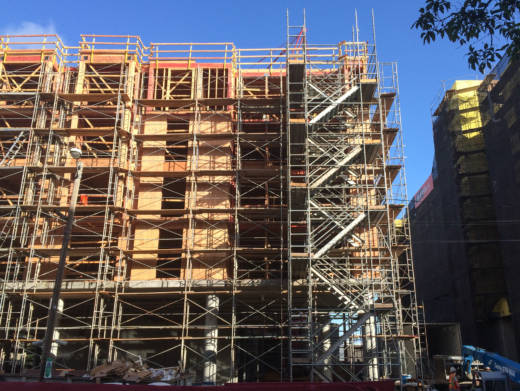San Francisco loses more than one existing affordable housing unit for every two it creates.
That’s according to data from a biannual San Francisco Planning Department analysis of the city’s affordable housing stock over the last 10 years.
Presented to the Board of Supervisors Land Use Committee earlier this week, the report underscores the rapid disappearance of existing affordable housing, even as the city scrambles to develop new below-market-rate units.
On average, more than 400 rent-controlled units disappeared from San Francisco each year between 2008 and 2018, due primarily to Ellis Act evictions, owner move-ins, condo conversions and demolitions. In contrast, an average of just 650 new affordable units were built each year during that time period.
"San Francisco is losing stable rent-controlled units at an astonishing rate,” said Maya Chupkov, communications director at the Council of Community Housing Organizations, a local advocacy group.
